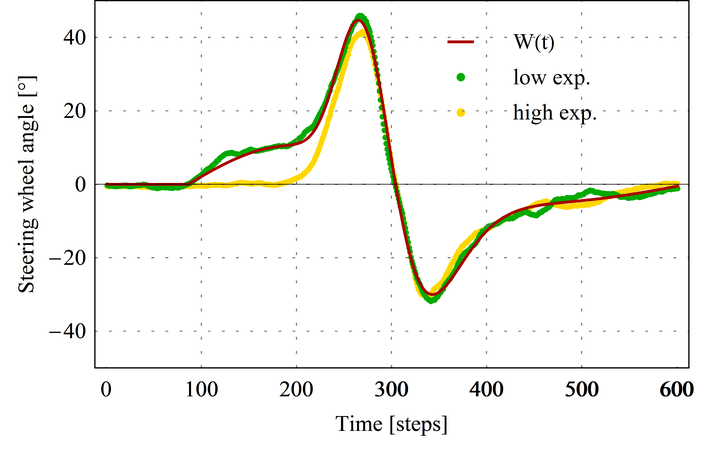A Mathematical Model for Predicting Lane Changes Using the Steering Wheel Angle

Abstract
Positive safety effects of advanced driver assistance systems can only become effective if drivers accept and use these systems. Early detection of driver’s intention would allow for selective system activation and therefore reduce false alarms. This driving simulator study aims at exploring early predictors of lane changes. In total, 3111 lane changes of 51 participants on a simulated highway track were analyzed. Results show that drivers stopped their engagement in a secondary task about 7 s before crossing the lane, which indicates a first planning phase of the maneuver. Subsequently, drivers start moving toward the lane, marking a mean steering wheel angle of 2.5°. Steering wheel angle as a directly measurable vehicle parameter appears as a promising early predictor of a lane change. A mathematical model of the steering wheel angle is presented, which is supposed to contribute for predicting lane change maneuvers. The mathematical model will be part of a further predictor of lane changes. This predictor can be a new advanced driver assistance system able to recognize a driver’s intention. With this knowledge, other systems can be activated or deactivated so drivers get no annoying and exhausting alarm signals. This is one way how the authors can increase the acceptance of assistance systems.